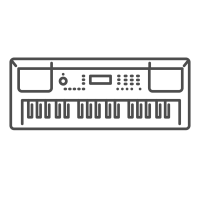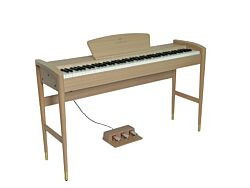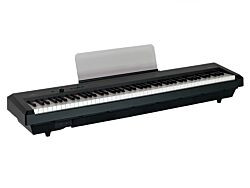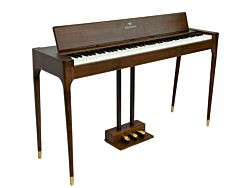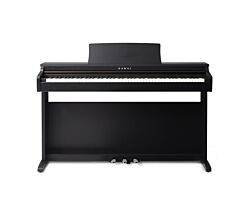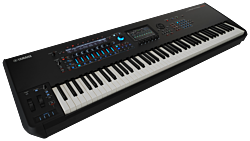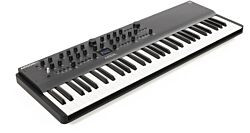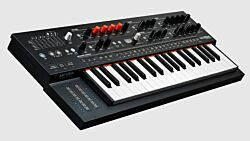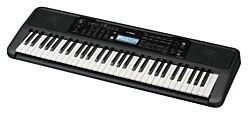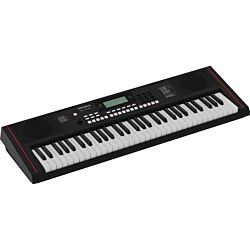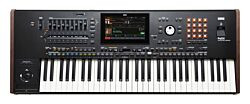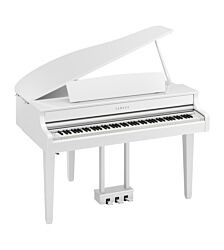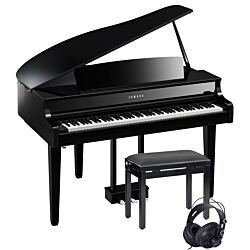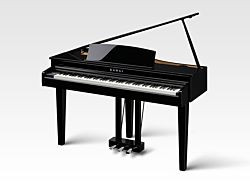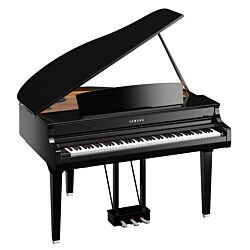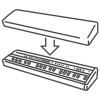Polyphony in Digital Pianos: What It Is and Why It Matters
Table of Contents
- 1. Introduction to the polyphony
- 2. What is polyphony in digital pianos?
- 3. Different Levels of Polyphony: What Do They Mean?
- 4. How to Choose the Right Polyphony for your Needs
- 5. Types of Music You Plan to Play
- 6. Budget Condiderations
- 7. Common Misconceptions About Polyphony
- 8. Final Thoughts: Does polyphony make or break a digital piano
1. Introduction to the polyphony
Digital pianos have truly revolutionized the music world, offering the richness of a traditional piano with the convenience and versatility of modern technology. Whether you're a beginner just starting your musical journey or an experienced pianist seeking to expand your horizons, digital pianos provide a wide range of features that can enhance your playing experience. Among these features, one that often stands out—but is sometimes overlooked—is polyphony.
Polyphony, in simple terms, refers to the number of individual notes a digital piano can produce simultaneously. This feature is crucial because it directly affects the depth, complexity, and richness of the sound you can create. Whether you're playing intricate classical compositions or layering sounds for a modern piece, the polyphony of your digital piano can make a significant difference in how your music sounds and feels.
In this article, we’ll dive deep into what polyphony is, why it matters, and how it influences your choice of digital piano. By the end, you’ll have a clear understanding of how to choose the right level of polyphony to match your musical needs, ensuring that you get the most out of your digital piano.
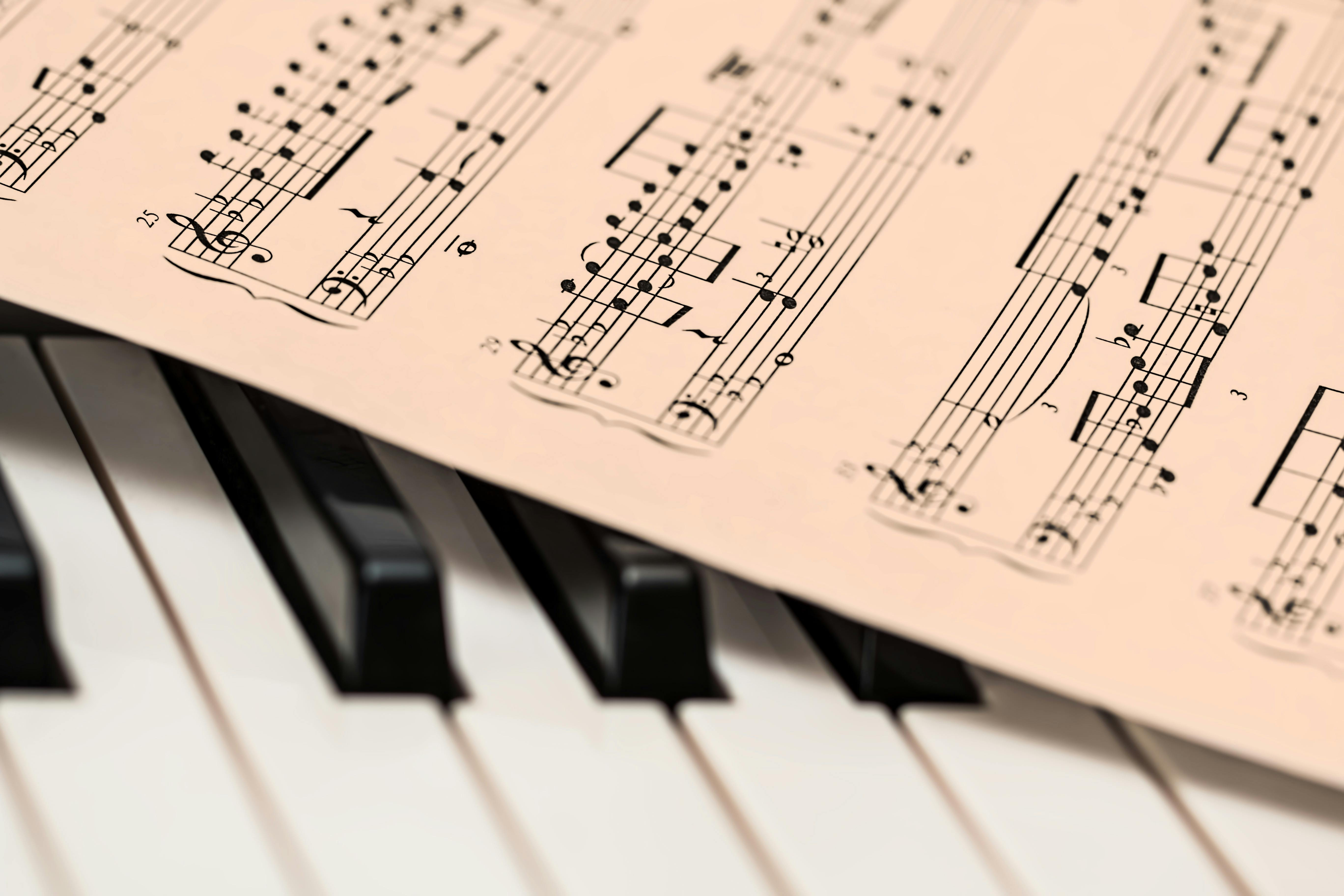
2. What is Polyphony in Digital Pianos?
2.1 Definition and Explanation
Polyphony is a fundamental concept in digital pianos that refers to the number of individual notes or tones a piano can produce simultaneously. Unlike acoustic pianos, which have no limit on the number of notes that can be played together, digital pianos have a set limit, known as the polyphony count. This count determines how many notes can be played or sustained at once before the piano starts to "drop" earlier notes to accommodate new ones.
2.2 Technical Aspect
Digital pianos process and output multiple notes using internal sound processors. When you play a chord, use the sustain pedal, or layer sounds, the piano's processor manages all the notes being produced at that moment. The polyphony limit dictates how many of these notes can be played together without losing any.
2.3 Why Polyphony matters?
Polyphony is typically measured in terms of "note polyphony," with common counts being 32-note, 64-note, 128-note, and even 256-note polyphony. A piano with 128-note polyphony, for example, can play 128 different notes at once. However, this count includes all notes sustained by the pedal, layered sounds, and even background accompaniment, making it an essential feature for those who play complex pieces or use advanced techniques.
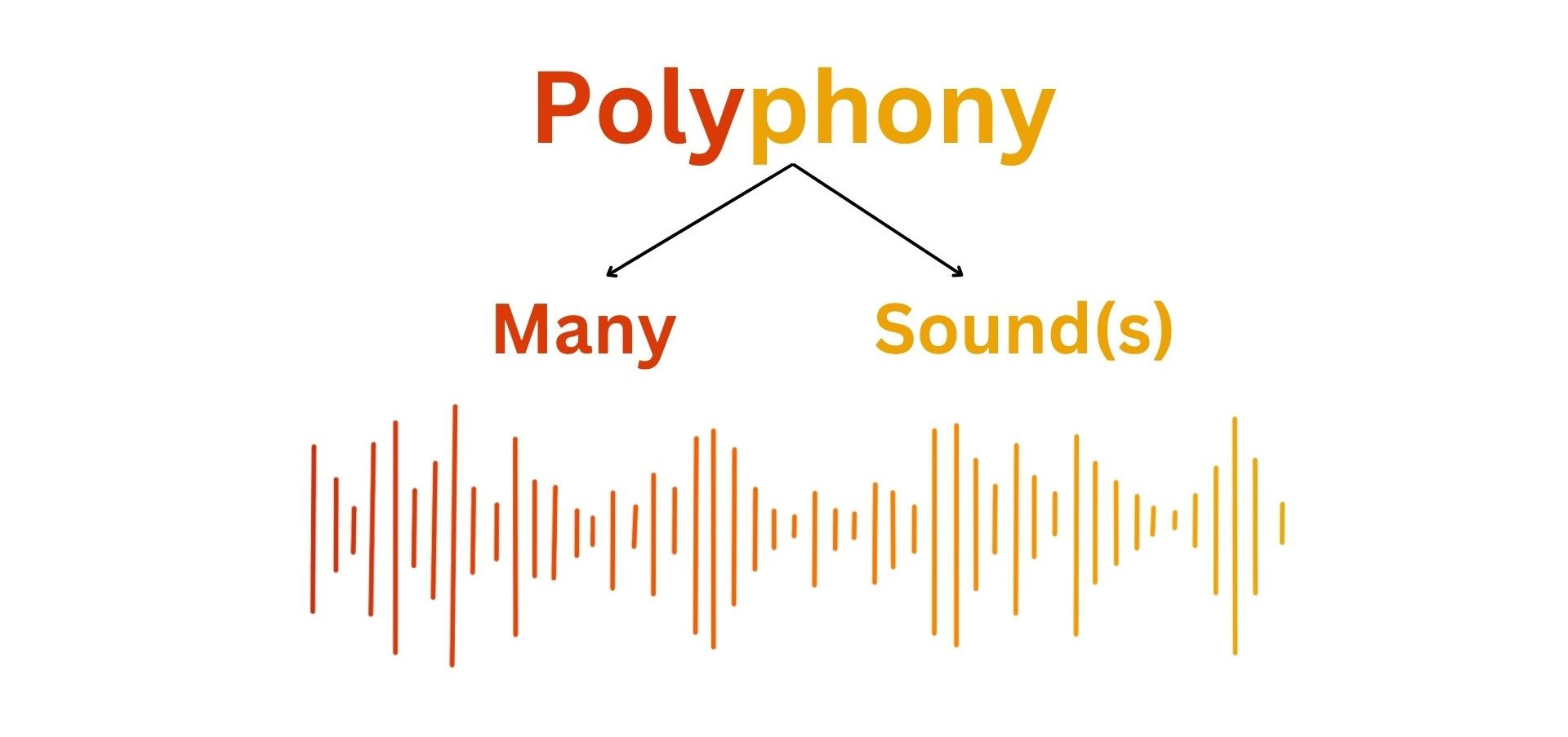
3. Different Levels of Polyphony: What Do They Mean?
3.1 Entry-Level Polyphony (32 to 64 notes)
-
Who It’s For:
-
Beginners and casual players.
-
Suitable for simpler pieces and practice sessions.
-
Limitations:
-
May struggle with complex pieces or heavy use of the sustain pedal.
-
Can lead to note dropouts in layered or fast passages.
3.2 Intermediate Polyphony (64 to 128 notes)
-
Who It’s For:
-
Intermediate players and those looking to explore more complex music.
-
Good balance for those who want more versatility without breaking the bank.
-
Advantages:
-
Handles most pieces well, including those with moderate use of sustain and layering.
-
Offers a richer sound experience.
3.3 Advanced Polyphony (128 notes and above)
-
Who It’s For:
-
Professional musicians, composers, and serious players.
-
Necessary for performing advanced, complex pieces or using advanced digital piano features.
-
Advantages:
-
No note dropouts, even with heavy use of sustain, layering, and other effects.
-
Ideal for live performances and recording.

4. How to Choose the Right Polyphony for Your Needs
4.1 Beginner to Intermediate:
If you’re just starting out or have a few years of experience, a digital piano with at least 64-note polyphony is a good starting point. This level of polyphony will comfortably handle most beginner and intermediate pieces, allowing you to play with the sustain pedal and experiment with basic layering without experiencing note dropouts.
As you progress in your playing, you might find that your needs evolve. It’s important to consider how quickly you’re improving and what your future goals are. If you plan to advance to more complex music, opting for a digital piano with higher polyphony from the start could save you from needing an upgrade later.
4.2 Advanced to Professional:
For more experienced players, or those performing intricate, multi-layered pieces, 128-note polyphony or higher is recommended. This level of polyphony ensures that you can use the full range of the instrument, with all the nuances of sustained chords, multiple effects, and layered sounds, without any limitations. It offers the flexibility needed for live performances, recording sessions, and complex compositions.
5. Types of Music You Plan to Play
5.1 Classical Music:
Classical pieces often involve complex, sustained chords and intricate passages that can require the full use of the piano’s polyphony. Higher polyphony is essential to prevent any notes from being cut off, especially when using the sustain pedal extensively.
5.2 Pop, Jazz, and Contemporary:
For these genres, you might not always need the highest polyphony, as the music often involves fewer sustained notes and simpler arrangements. However, if you plan to experiment with recording, layering sounds, or using background accompaniments, having higher polyphony will be beneficial to ensure all notes are captured accurately.
5.3 Composing and Recording:
If your focus is on composing or recording, you’ll benefit from a digital piano with high polyphony. Multi-layered compositions and complex arrangements require the ability to sustain multiple notes and effects simultaneously. Higher polyphony ensures that your compositions are faithfully reproduced without any loss of detail or sound quality.

6 Budget Considerations
6.1 Balancing Cost and Features:
Generally, digital pianos with higher polyphony tend to be more expensive. If you’re on a budget, it’s important to weigh the benefits of higher polyphony against other essential features like weighted keys, sound quality, and connectivity options.
Ask yourself what’s more important for your needs: If you play simple pieces or are just starting out, a model with 64-note polyphony might suffice, allowing you to invest in other features. However, if polyphony is crucial to your playing style or musical goals, it might be worth prioritizing this feature, even if it means spending a bit more.
7. Common Misconceptions About Polyphony
7.1 More Polyphony Is Always Better
Clarification:
It’s easy to assume that more polyphony automatically means a better digital piano, but this isn’t always the case. While higher polyphony does offer benefits, such as allowing for more complex and sustained notes, it’s not the sole indicator of a piano’s overall quality. Other crucial factors, such as the sound engine—which affects how authentic and rich the tones sound—the speaker quality, which influences how the music is projected, and the keyboard action, which determines how closely the keys mimic the feel of an acoustic piano, all play vital roles in the instrument’s performance.
7.2 Polyphony Only Matters for Advanced Players
Clarification:
There’s a common belief that polyphony is only important for advanced players, but this isn’t entirely true. Even beginners can benefit from higher polyphony, especially as they start exploring more complex music that involves sustained chords or layered sounds. A digital piano with higher polyphony can support a player’s growth, ensuring that as their skills develop, their instrument remains capable of handling more demanding pieces. By choosing a piano with adequate polyphony from the start, beginners can avoid the need to upgrade too soon, saving money in the long run.
7.3 All Digital Pianos with the Same Polyphony Sound the Same
Clarification:
Another misconception is that digital pianos with the same polyphony count will sound identical, but this isn’t the case. Two pianos with the same polyphony can produce vastly different sound experiences due to variations in sound samples (the recordings used to produce the piano tones), processing power (how well the piano handles those sounds), and speaker systems (which affect the clarity and depth of the output). This is why it’s crucial to try different models and listen to their sound quality before making a decision, rather than relying solely on the polyphony number as a measure of quality.
8. Final Thoughts: Does Polyphony Make or Break a Digital Piano?
8.1 Recap of Key Points:
Understanding polyphony is crucial when choosing a digital piano, as it directly impacts your ability to play complex pieces, sustain notes, and layer sounds. While higher polyphony offers more flexibility, it’s important to remember that it’s not the only factor that determines the quality of a digital piano. Features like sound engine quality, keyboard action, and speaker performance also play significant roles in the overall playing experience.
8.2 Our Recommendation
When selecting the right polyphony level, consider your current skill level, the types of music you plan to play, and your long-term musical goals. Beginners should aim for at least 64-note polyphony to ensure room for growth, while more advanced players should look for 128-note polyphony or higher to accommodate more intricate compositions and performance needs. Always balance polyphony with other essential features to ensure you’re choosing the best instrument for your needs.
As you evaluate your current or prospective digital piano, take a close look at its polyphony and consider how it aligns with your playing style and aspirations. Whether you’re just starting out or are a seasoned musician, selecting the right polyphony will help you get the most out of your digital piano and enhance your musical journey. If you’re unsure, try out different models, and don’t hesitate to seek advice to find the perfect fit for your needs. Our team at DigitaloPiano is here to assist you with any questions or guidance you may need in selecting the perfect digital piano. Feel free to reach out to us—we’re here to support you on your musical journey!
8.3 Visit Our Showrooms
Are you in the market for a new digital piano? Visit our showrooms in Aarhus, Copenhagen, Helsinki, or Stockholm. Whether you’re seeking an affordable option for beginners or a top-tier model for professional use, our experts are here to help you find the perfect fit.




